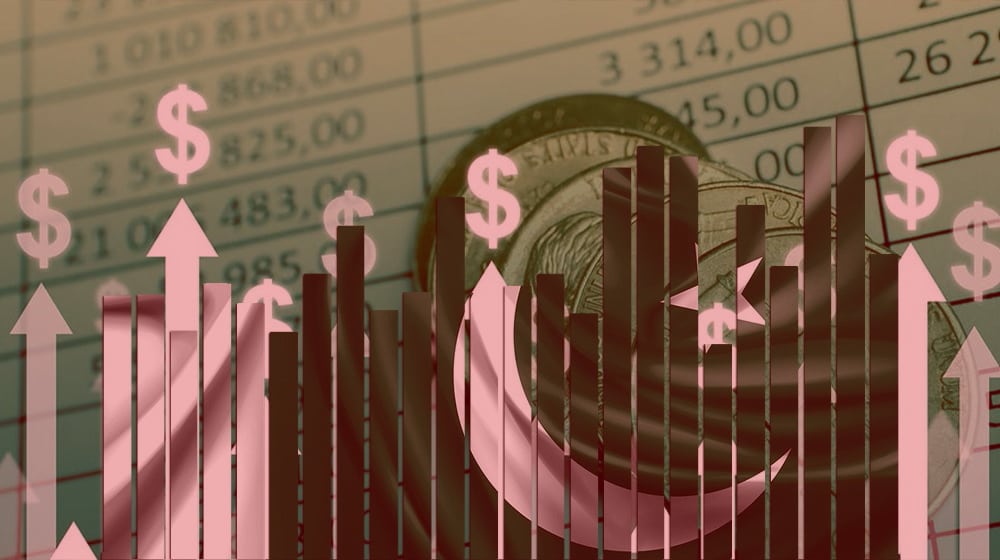WhiteHorse Finance (WHF): Is That 17% Dividend a Trap for Philippine Investors?

WhiteHorse Finance (WHF) has been attracting attention with its seemingly irresistible 17% dividend yield. However, a closer look reveals concerning trends that Philippine investors should be aware of. This article dives into the underlying issues – rising non-accruals, declining earnings, and a dividend payout that might not be sustainable – and explains why a cautious approach to WHF stock is warranted.
The Allure of a High Dividend Yield
In the current economic climate, particularly for Filipino investors seeking passive income, a 17% dividend yield is undeniably enticing. It promises a significant return on investment. However, as the saying goes, 'if it seems too good to be true, it probably is.' High dividend yields are often a red flag, signaling potential problems within the company.
Red Flags Emerging at WhiteHorse Finance
Let's examine the critical factors causing concern:
- Rising Non-Accruals: Non-accruals represent loans where payments are significantly overdue, indicating a deterioration in credit quality. A rise in these figures suggests that borrowers are struggling to repay their debts, impacting WhiteHorse Finance's ability to generate income. This is a particularly worrying trend given the current economic uncertainties in the Philippines.
- Declining Earnings: Profitability is the lifeblood of any company. A consistent decline in earnings raises questions about WhiteHorse Finance's long-term viability. Lower earnings directly impact the company's ability to maintain its dividend payout.
- Unsustainable Dividends: The high dividend yield is being supported by earnings that are shrinking. This creates a precarious situation. If earnings continue to decline, the company may be forced to cut the dividend, resulting in a sharp drop in the stock price and disappointing investors.
Why Caution is Advised for Philippine Investors
Philippine investors should exercise extreme caution when considering WhiteHorse Finance. While the dividend yield is attractive, the underlying financial health of the company is concerning. The risks associated with rising non-accruals and declining earnings outweigh the potential rewards in the current market environment. Remember, dividend investing is not just about the yield; it’s about the stability and sustainability of the dividend payout.
Alternative Investment Options in the Philippines
Instead of chasing high-yield, potentially unsustainable dividends, Philippine investors should consider diversifying their portfolios with more stable and fundamentally sound investments. Look for companies with a proven track record of profitability, strong balance sheets, and consistent dividend growth. Consider exploring sectors that are benefiting from the Philippine economy's growth, such as:
- Banking and Financial Services: Solid banks with strong asset quality.
- Consumer Goods: Companies catering to the growing Filipino middle class.
- Infrastructure: Beneficiaries of the government's infrastructure spending.
Conclusion
WhiteHorse Finance's 17% dividend yield may appear tempting, but a thorough analysis reveals significant risks. The rising non-accruals, declining earnings, and unsustainable dividend payout warrant a cautious approach. Philippine investors should prioritize long-term stability and sustainability over short-term yield, and explore alternative investment opportunities that align with their risk tolerance and financial goals. Do your own due diligence before making any investment decisions.






